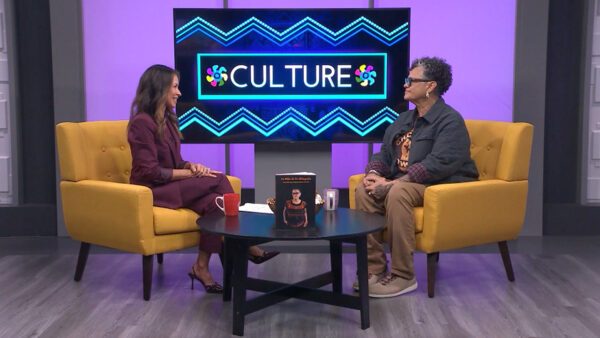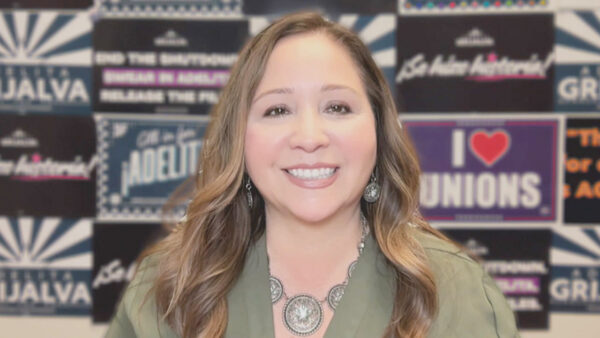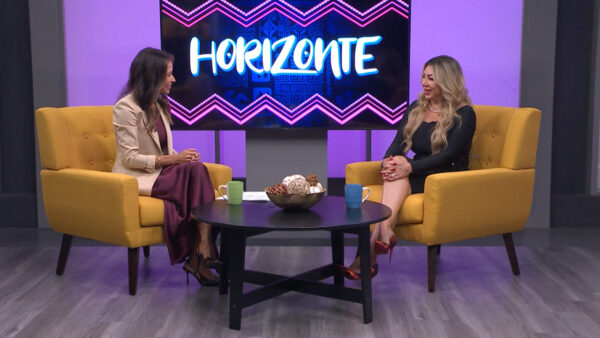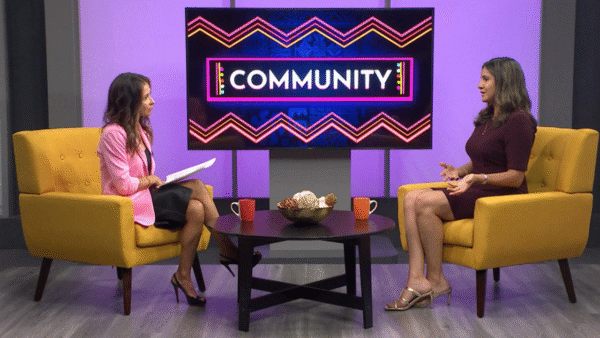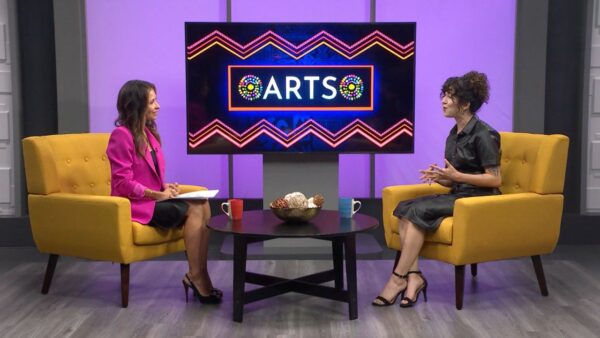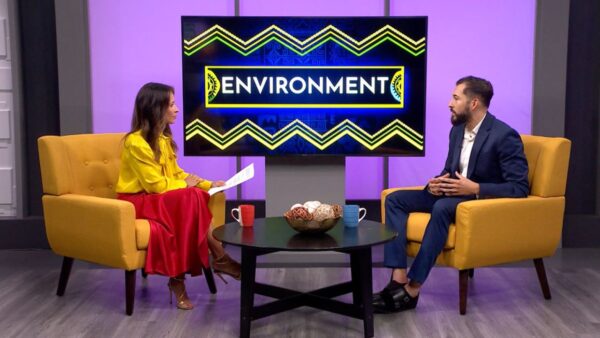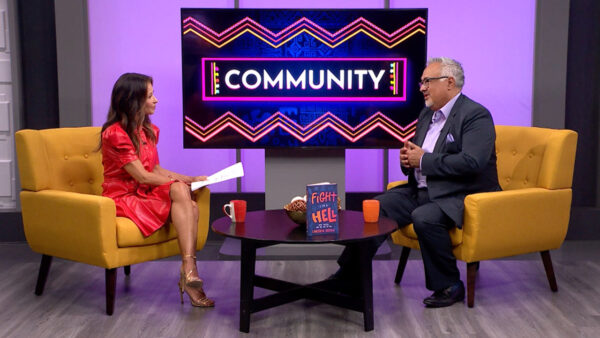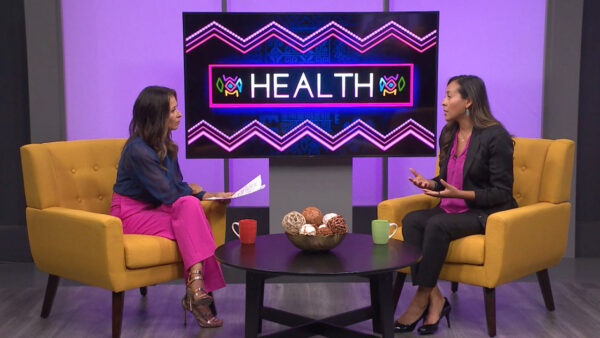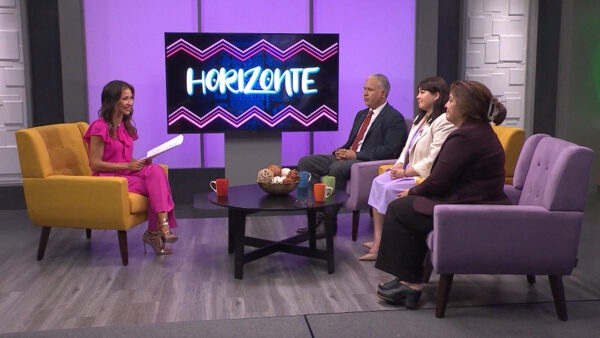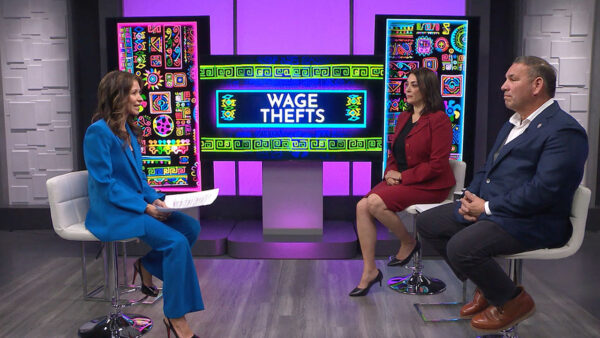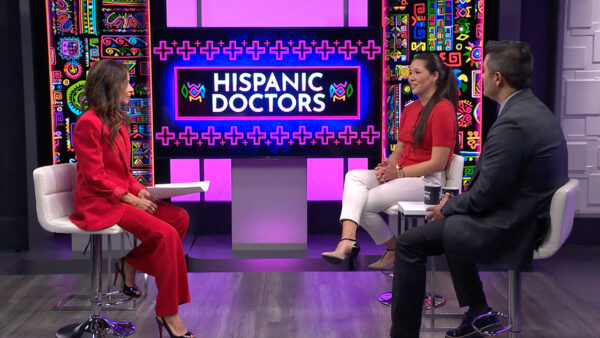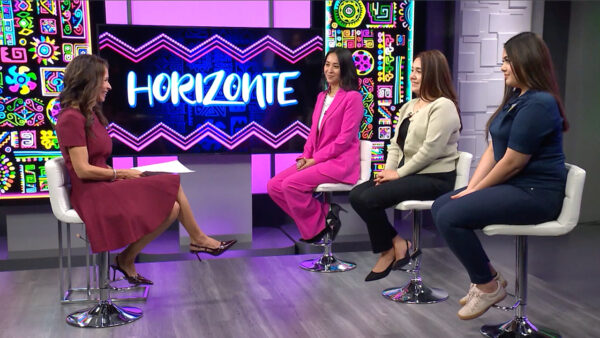Bone marrow donation shortage
July 29, 2021
Bone marrow transplants infuse healthy stem-cells to replace damaged or diseased bone marrow. Horizonte host, Jose Cardenas, spoke with the Mayo Clinic’s Dr. Ernesto Ayala about the importance of bone marrow donations.
Dr. Ayala shared with us that a bone marrow transplant is a type of treatment used for individuals with blood cancer. This treatment involves a high doses of chemotherapy to replace the bone marrow that is damaged. Patients typically have to remain in the hospital for 7 weeks.
Dr. Ayala mentions that just this year, approximately 5,000 transplants have been conducted. The most common indication that needs this treatment is acute Leukemia, and others such as Lymphoma and Aplastic Anemia. These transplants are also used in the Mayo Clinic for sickle cell disease and in children with inherited immune deficiencies.
Not just anyone can be a donor. The Mayo Clinic has to take different steps to find the right donor. Dr. Ayala says that they begin by taking a look at the patient’s siblings. Each sibling has a 25% chance of being a perfect match for the patient. This makes it difficult for most patients to find a matching donor as the percentage is so low and not every patient has a number of siblings available. If they can’t find a matching sibling donor, then they start their search on a donor registry.
Dr. Ayala mentions that the biggest challenge for this treatment is the lack of diversity in donors. For a white American patient, they can typically find a matching donor in the registry 75% to 80% of the time. However, in the search for an ethnic minority patient, the chance of finding a donor drops substantially to around 25%. This is due to having ethnic minorities under represented in the donor registry. He shares that they have patients that need a transplant as a life-saving therapy, but they cannot find a matching donor due to the lack of diversity.
Dr. Ayala stresses for the public to visit the website for the National Marrow Donor Program at my.bethematch.org and take the steps to become a donor. He says there is limited risk to the donor and could potentially save a life.









